In the previous texts, I started to deal with some subjects/themes that could help new players to understand the world of tabletop roleplaying games. Continuing with this attempt to present this game, I will approach in this text, forms or styles of narrative that every rpgist will end up finding. I hope that this text also favors that beginner GMs can get an introduction to ways to structure their RPG campaigns/adventures.
Old School Renaissance, Old School Revival or OSR.
The OSR came about after some D&D players were surprised by the directions that the game's rules and scenarios began to take after the acquisition of this brand by Wizards of the Coast. Subsequently, the death of one of those responsible for creating the rules of the first edition of D&D, Gary Gygas, in 2008 caused a climate of nostalgia among some players, while others sought to know the first editions of Dungeons and Dragons game rules.
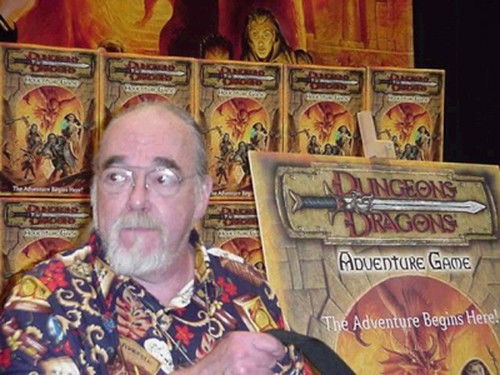
In this way, new and old players started to debate on internet forums and consult old books in PDF to bring all the psychedelia and crazy things that were present in RPG games published in the 1970s. Novels, illustrations, songs and old techniques began to be revisited to somehow rediscover the atmosphere that existed in these games.
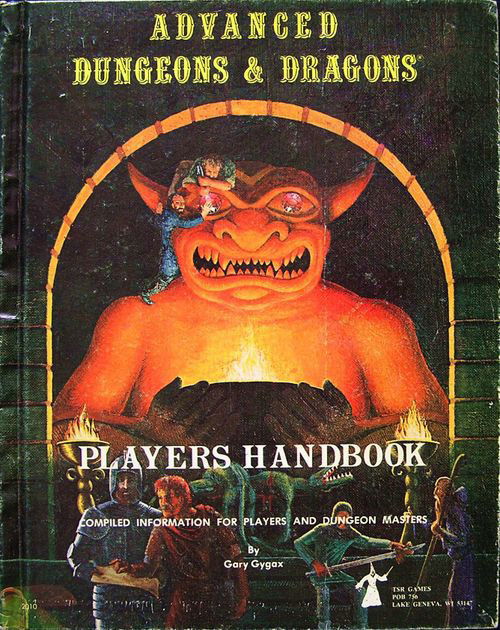
When I talk about music, I mean those hippie bands such as Led Zeppelin and Uriah Heep who were inspired by the “Lord of the Rings” trilogy to compose some of their music. I believe it is important to remember that the American hippie movement appropriated Tolkien's work by associating it with the psychedelia of their music. (note: I could be wrong, but Tolkien didn't like hippies and still had to deal with pirated publications of his work by counterculture adherents)
The result of this nostalgia was the release of RPG titles such as “Old Dragon”, “Forbidden Lands”, “Old-School Essentials” and “Dungeon Crawl Classics”. In narrative terms, these games present the possibility of collectively creating stories and scenarios that do not necessarily have an extensive canon like D&D scenarios, which favors the homemade creation of campaigns and the climate of mystery and constant danger for the players.
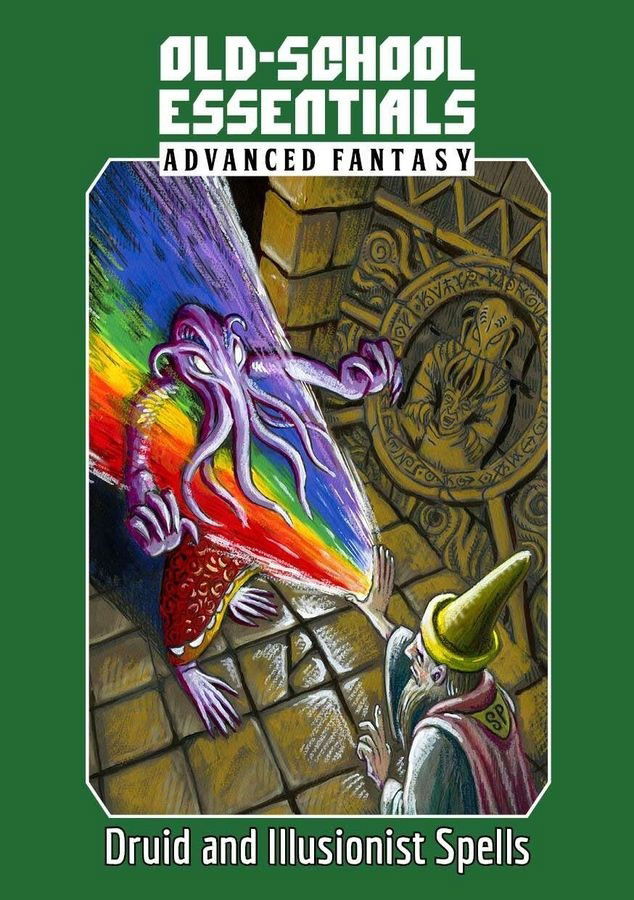
The D&D TV series would be a great example of the kind of adventure OSR adepts tend to create, i.e. exploration of uninhabited regions, exploration of ruins of ancient civilizations, strange magic, crazy cultists and entities from other planes are themes explored by this narrative.
Not necessarily, this style presents players with a high fantasy setting where everything, or almost everything, is magical. More likely, there is an atmosphere of mystery surrounding mages and powerful items.
In the Lankhmar setting (a medieval fantasy world based on Fritz Leiber's books and which can be played in the Savage Worlds or Dungeon Crawl Classics systems) magic is always involved with strange effects and crazy consequences for mages, such as bodily deformations like claws and tentacles or as a strange aura around the arcane character.
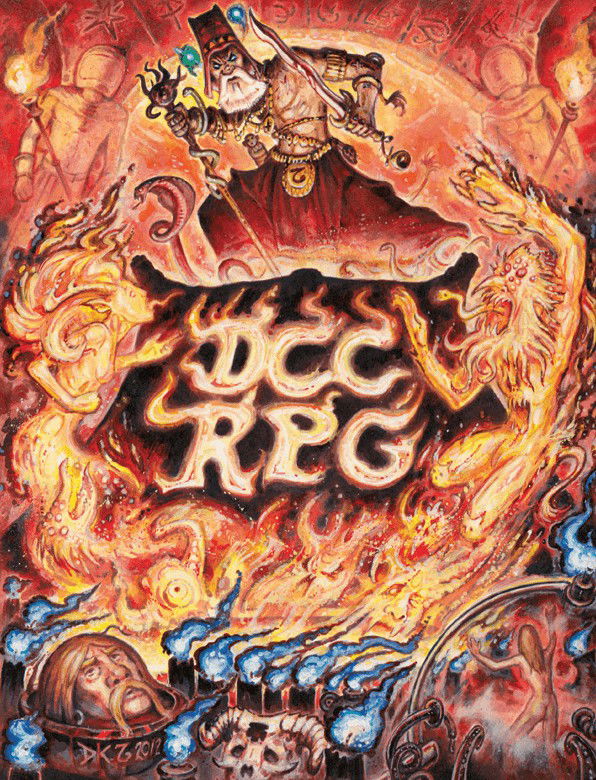
In the game world Forbidden Lands, mages are viewed with suspicion as one of them has opened a portal to the lower planes, releasing a large amount of demons and devils into the material world. In this scenario, even the magic used by clerics is strange, even because religions are confusing and not necessarily orderly.
Finally, if I can cite another D&D example of how magic works in a crazy and chaotic way in old school scenarios, just look at two characters that have come to have a certain importance in the current canon: both Mordenkainen and Tasha have a great interest in outsider magic, demonology and in Tasha's case we can't help but mention the tumultuous love relationship she once had with the demon lord Graz'zt.
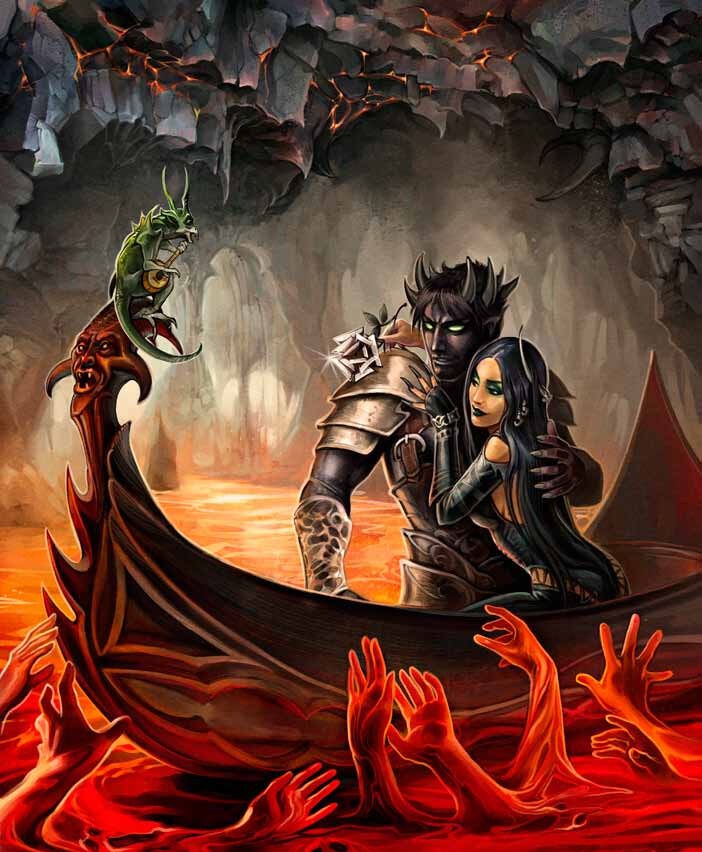
Commercially, this type of scenario for the Dungeons & Dragons RPG existed until the so-called “Satanic panic” occurred. Due to the existence of many demons and characters that interacted with them (remember Tasha?) the most conservative individuals in the US started to campaign strongly against the game. Something similar happened in Brazil in the late 1990s, even the Brazilian “Satanic panic” was led by evangelical pastors who capitalized on the campaign to promote themselves as political candidates.
Hexcrawl / Dungeoncrawl
Exploration is not always used as the high point of the narratives of some RPG games, especially in Horror games such as Uncle Lulu's fantastic universe and the World of Darkness. However, if you like fantasy or cyberpunk games, you've most likely played something like Hex or Dungeoncrawl. And what the hell would that be?
“In a futuristic version of Mexico City, a group of misfits were hired by a suit-wearing bigwig to break into the building of a megacorporation to extract information about a research project with Artificial Intelligence capable of invading people's minds while they are connected to the Internet. To enter the Aztec pyramid-shaped building, the group decides to look for an access point so that the hacker can disable some cameras and allow entry through a door other than the main entrance to the building.”
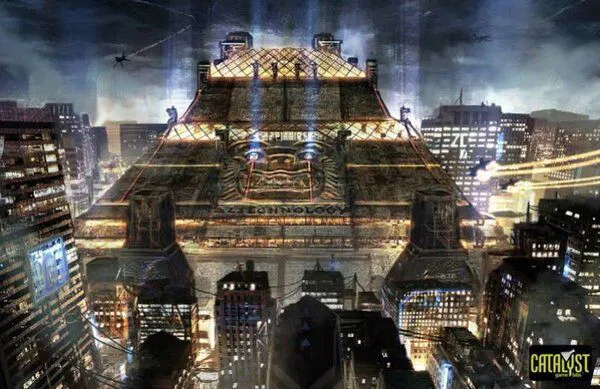
Ready, the group of adventurers needs to search a specific area of the map of what would be this fictional city to gain access to the building to be invaded. This would be what some roleplayers call hexcrawl. The whole scene takes place in a specific area of a map that is most likely delimited by a hexagon and has the premise that players will scour everything they can to find their objective.
Remember “Lord of the Rings”? Do you remember that at various times the entourage of heroes scours a wild environment to find a safe way to Mordor, including identifying safe spots to set up camps and gathering resources to continue their journey? This would also be a hexcrawl-based adventure.
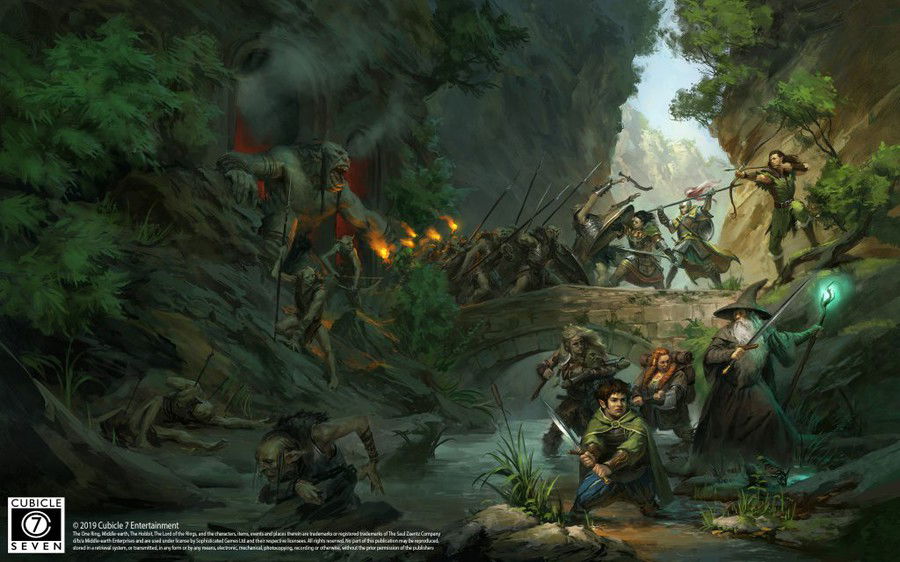
It may seem silly, but allowing the group of players to explore open and perhaps unknown environments can provide an opportunity for the group to get to know the fictional world they are in.
"As the group searches for a safe place to hack the security of the corporate building, the characters walk among a multitude of restaurants and their flashy neons, stumble upon several homeless people and individuals who are with altered consciousness due to the use of those crazy chips that provide all sorts of psychedelic emotions and experiences. The dirt of the street contrasts with the opulence of the pyramid. The group notes that the large amount of neon lights and bonfires does not provide an environment to hide in some corner and try to break into the security systems. One of the players then proposes to try to contact a known hacker to try to find a bar capable of providing a private space for the hacker to work while the rest of the group drinks something and prepares for what is to come..."
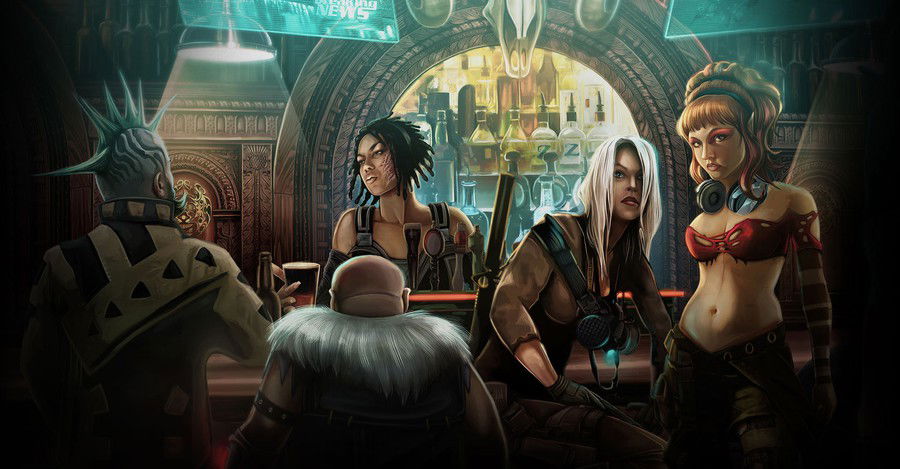
This type of adventure makes for great encounter situations. And for encounter, I don't necessarily say combat. “What if the adventuring party tries to talk to one of the people on the street to get information? And if they need to find some item that is useful for the incursion and for that purpose, do they need to find a specific NPC that is roaming the area?” The RPG “Goddes save the Queen” brings several possibilities of social encounters that can be treated as something as dramatic as a fierce combat.
“Perfect, the group broke into the system, gained access and is already inside the corporation's building”. Congratulations, you have entered a “dungeon” and are about to start the dungeoncrawl, that is, scour everything possible, attack everything that moves, carry everything that has value and preferably hang out with all party members alive.
Dungeoncrawl is the good old-fashioned theme of early D&D adventures. Players enter some artificial or natural structure, they have to search all the space for an item or something that allows them to fight against the great villain of the campaign.
Here the miniatures and tactical combat shine. It is quite common for the GM to leave enemies in countless rooms, and traps scattered throughout the structure. The “Dungeon World” RPG reminded us very well that enemies shouldn't be stuck in some rooms, they circulate, hunt, have their nests, in some cases take care of their treasures and mainly have motivations.
“While searching one of the company computers that the group has just broken into, the hacker discovers that someone else is breaking into that building's systems. Is there anyone else wanting to extract the same things and information as the group of players? What's the chance of this other group of intruders triggering something they shouldn't and having the security search for unwanted people on the perimeter?”
We have to consider that sometimes the use of miniatures and tactical combat can make the game locked and a little monotonous for some players. An alternative would be to use imagination in place of thumbnails and cinematic-style descriptions of player and NPC's actions.
The use of the so-called “Mind Theater”, which is nothing more than the use of imagination in place in the miniatures, can be very fruitful, as it allows and encourages players to describe as much detail as possible of their actions, and not just move a miniature on the board and say that you are going to attack something or someone.
“After the discovery of the unwanted company by the hacker, a defense program was activated by the system and started chasing the invaders. At the same time, the hacker heard gunshots in the room he is in. While the hacker has to make do with the security system, the rest of the adventurers were surprised by a thug wearing the armor of a polyclub constantly associated with a white supremacist group.
Will the group be able to hold the brute while the hacker safely unplugs the system? Won't hiding behind tables and columns, leaving the hacker exposed, make the situation worse? One of the players suggests that the others give him cover as he advances on the neo-Nazi brute to immobilize him and perhaps gain information about why he is there. Was he acting as security? Could the brute be a member of the other group that is invading the building?”
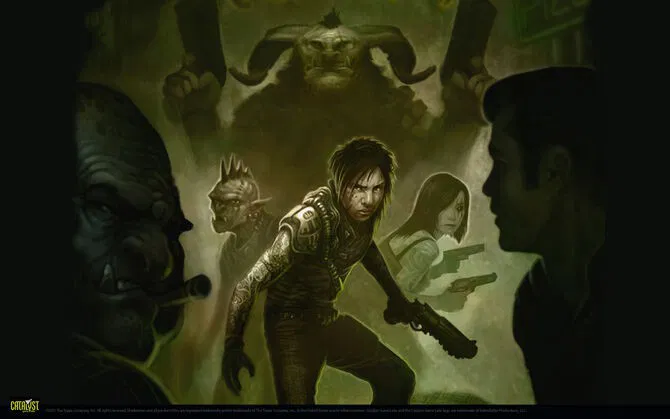
Conclusion
As I have shown in this text, both adventure styles can coexist, no one is forced to choose just one of them. Just remember that in “Lord of the Rings”, in addition to investigating unfamiliar environments, the characters enter abandoned mines, strange forests and cave complexes to continue their journey, joining both the hex and the dungeoncrawl.
In both cases, the characters needed to explore unknown locations, get resources and find the way to achieve their goal. Exploring this type of narrative can allow the group of players to know more details about the fictional world they are exploring, especially if the GM is responsible for describing these details to the players.
Finally, if this type of narrative is boring players, go back to the origins and search for something more oldschool and bring all that madness and relaxation present in the first editions of RPG's to the table. Remember, even early editions of cyberpunk games had a hint of mockery and irony in dealing with everyday situations and social criticism. Utilizing a narrative style can be simpler than it sounds.
Leave your experiences or questions here in the comments, I will love to be able to talk to other Masters/Storytellers!

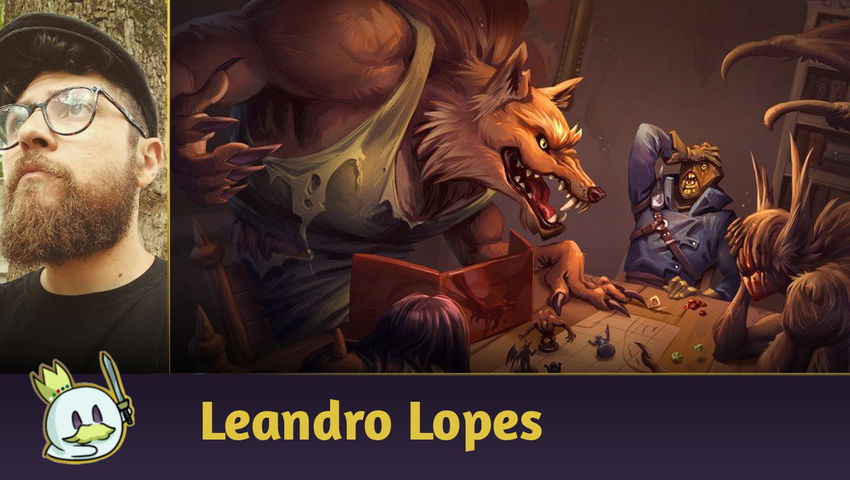







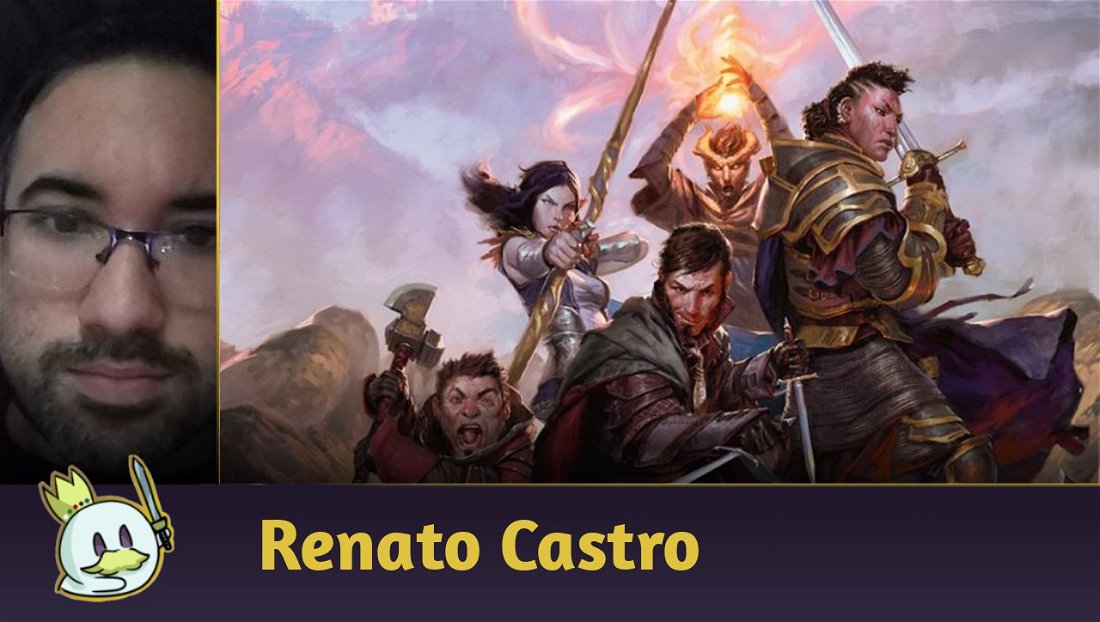




— Comments 0
, Reactions 1
Be the first to comment